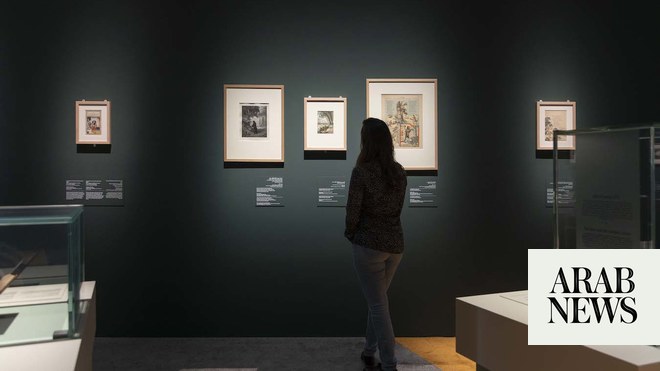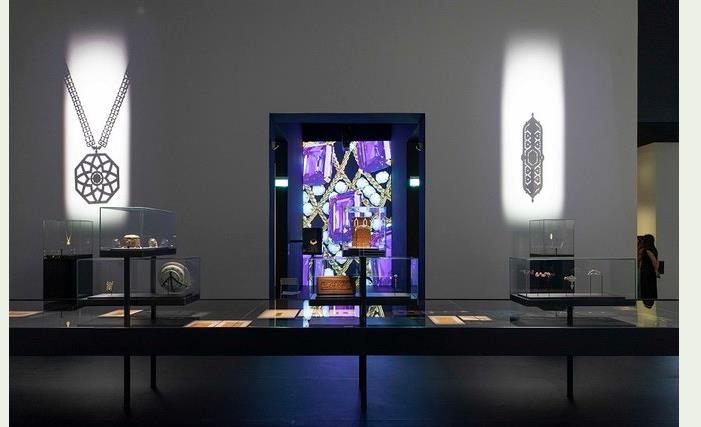
DUBAI: The Louvre Abu Dhabi’s newest exhibition has a lesson or two to teach about flawed human behavior in a light-hearted way.
For the latest updates, follow us on Instagram @arabnews.lifestyle
On view until July 21, “From Kalila wa Dimna to La Fontaine” recounts a variety of timeless fables told through animals, from turtles to lions, whose stories explore themes of friendship, vanity and revenge, among other moral issues. “I use animals to teach men,” the famed 17th century French fabulist Jean de La Fontaine, one of the main stars of the show, once said.
"Traveling Through Fables." (Supplied)
The exhibition tells the story of these these memorable fables through 133 objects, many of which are from the Bibliotheque nationale de France’s collection, including delicate and multilingual manuscripts, colorful ceramics and other art objects. There is a universal element to the show, which demonstrates how such stories, suitable for both children and adults, have transcended continents, languages and generations.
“In a way, this exhibition is very Louvre Abu Dhabi material,” the museum’s director, Manuel Rabate, told Arab News. “In the sense that it’s about traveling stories. They were born in India, traveled through the Arab world and connected the East and the West. So, it was really made for us.”
"Traveling Through Fables." (Supplied)
According to the exhibition’s curator, Annie Vernay-Nouri, such tales originated in India, compiled in the Panchatantra (The Five Treatises), a Sanskrit literary collection that dates back to 200 B.C.
One of the stories is about two swans offering their talkative turtle friend a chance to fly with them. The swans carried a stick, which the turtle held on to with its mouth. Because the turtle spoke during flight, it fell and met its end. Another tale is that of a dog that held on to its bone meal. The dog passed by a river, admiring its own reflection in the water, only to drop his prize in the river.
"Traveling Through Fables." (Supplied)
In the 8th century Arab-Islamic world, the stories of the Panchatantra were translated by a key personality of the exhibition, Ibn Al-Muqaffa’.
His famous adaptation was called “Kalila wa Dimna,” based on two speaking jackals that acted as both characters and narrators. This collection resonated with Arabic, Persian and Turkish-speaking audiences.












